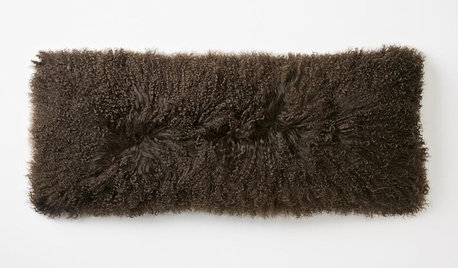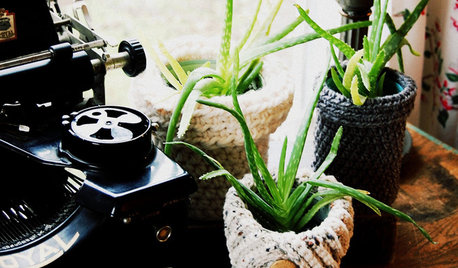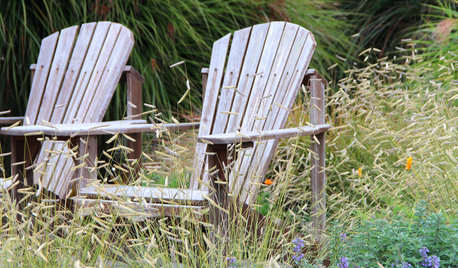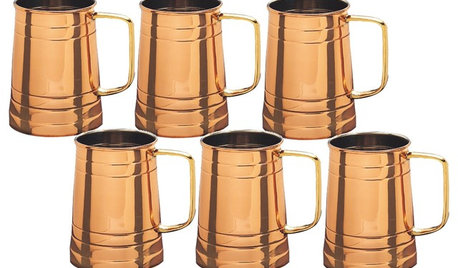Too Warm for Fall Fertilizing?
raymondo17
15 years ago
Related Stories

GARDENING GUIDESGet on a Composting Kick (Hello, Free Fertilizer!)
Quit shelling out for pricey substitutes that aren’t even as good. Here’s how to give your soil the best while lightening your trash load
Full Story
FLOWERS5 Sensational Flowering Vines for Warm Climates
Splash your garden with bright tropical color from late summer through fall with these showy trailing and climbing beauties
Full Story
PRODUCT PICKSGuest Picks: Warm Fall Finds for the Home
Whether warm in color or texture, these decorative pieces will help take the chill out of the air this season
Full Story
PRODUCT PICKSGuest Picks: Warm and Fuzzy Accessories for Fall
Nestle down in cozy comfort with these soft pillows, snuggly linens and nubby fabrics
Full Story
DECORATING GUIDESSweater Chic Warms Up Fall Interiors
Knits have escaped the drawer and are making themselves comfy all around the home, on pillows, throws, poufs and more
Full Story
FALL GARDENINGMake This Fall’s Garden the Best Ever
Learn the most important tip for preventing buyer’s remorse, plus get more valuable buying and planting advice
Full Story
GARDENING GUIDES10 Ornamental Grasses to Plant This Fall
Add interest to your garden with these popular warm-season and cool-season varieties
Full Story
GARDENING GUIDES6 Dependable Ground Covers for Warm Climates
Swap some lawn for these drought-tolerant clumping plants — and watch your maintenance efforts diminish while they easily grow
Full Story
Houzz Gifts: Warm and Modern Holiday Tableware
Rich textures and generous doses of shine give these neutral pieces appeal without going to excess
Full Story






Kimmsr
soccer_dad
Related Professionals
Simi Valley Landscape Architects & Landscape Designers · Fuquay-Varina Landscape Contractors · Goodlettsville Landscape Contractors · Hilo Landscape Contractors · La Mirada Landscape Contractors · Lewisville Landscape Contractors · Mason Landscape Contractors · Ramsey Landscape Contractors · Fullerton Driveway Installation & Maintenance · Greensboro Driveway Installation & Maintenance · Fort Myers Driveway Installation & Maintenance · Grand Rapids Swimming Pool Builders · South Miami Heights Swimming Pool Builders · Shirley Fence Contractors · Brea Fence ContractorsKimmsr
raymondo17Original Author
soccer_dad
raymondo17Original Author
Kimmsr
raymondo17Original Author